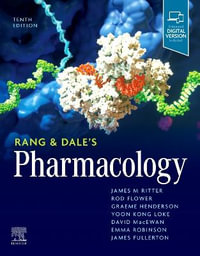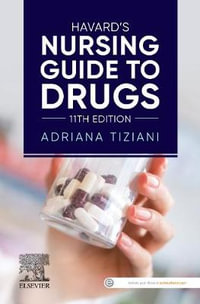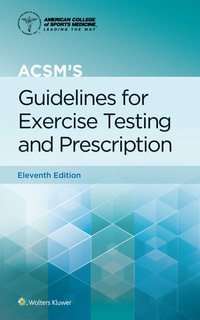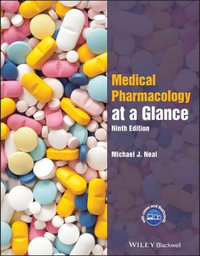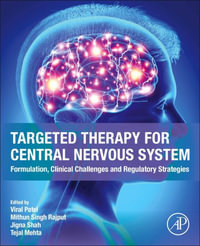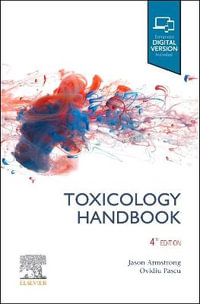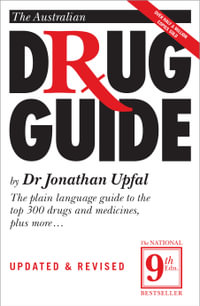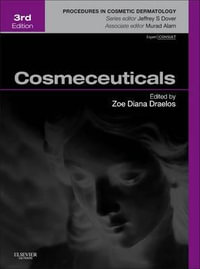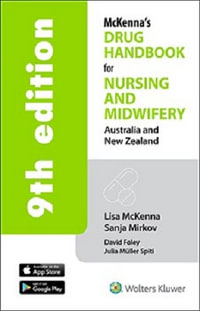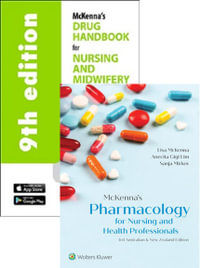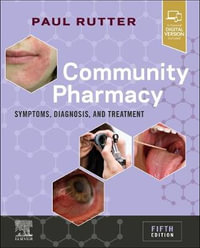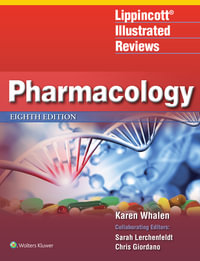| Preface | p. xi |
| Introduction | p. 1 |
| Preparation of high dilution of drugs | p. 3 |
| Sources of drugs | p. 3 |
| Plant materials | p. 3 |
| Animal substances | p. 3 |
| Minerals and chemicals | p. 4 |
| Other biological materials | p. 4 |
| Proving of drugs | p. 4 |
| Preparation of mother tinctures | p. 5 |
| Potentization of drugs | p. 5 |
| Succussion | p. 5 |
| Trituration | p. 6 |
| Conversion of solid potencies into liquid ones | p. 7 |
| Preservation of remedies and pharmaceutical forms | p. 7 |
| Summary | p. 8 |
| Evidences for high dilution effects | p. 11 |
| Clinical evidences | p. 11 |
| Experimental evidences from animals | p. 14 |
| Biological effects on mammals and birds | p. 15 |
| Catalepsy model | p. 16 |
| Oral route effective | p. 16 |
| Dose response | p. 16 |
| Righting reflex model | p. 17 |
| Aqueous ethanol, the effective medium | p. 17 |
| Biological effects on amphibians | p. 17 |
| Young toads | p. 17 |
| Adult toads | p. 18 |
| Effects on chronic alcoholism | p. 18 |
| Ethanol intake | p. 18 |
| Ethanol-induced neuropathy | p. 20 |
| Effects on parasitic diseases | p. 21 |
| Electrophysiological studies | p. 23 |
| Lateral hypothalamic neurons of cats | p. 24 |
| Medial frontal cortex neurons of an awake rat | p. 25 |
| Hypothalamic neuronal responses of alcoholic rats to Nux vomica | p. 26 |
| Hypothalamic neuronal responses of rats on salty diet to Natrum mur | p. 27 |
| Effects on synaptic transmission | p. 28 |
| Experimental evidences from plants | p. 31 |
| Effect on parasites and pathogens of plants | p. 32 |
| Evidences from in vitro tests | p. 33 |
| Boyd's in vitro experiment and other related experiments | p. 34 |
| In vitro experiment on red blood cells | p. 36 |
| Summary | p. 37 |
| Physical basis of drugs at high dilutions | p. 39 |
| NMR spectroscopy | p. 40 |
| NMR spectra of homeopathic potencies | p. 46 |
| Infra-red spectroscopy | p. 51 |
| IR spectra of homeopathic potencies | p. 52 |
| Fourier Transform spectroscopy | p. 54 |
| Electronic spectroscopy | p. 55 |
| Charge-transfer interaction | p. 59 |
| Solvation and electronic spectra | p. 60 |
| Electronic spectra of homeopathic potencies | p. 60 |
| Spectrofluorometry | p. 65 |
| Application of fluorescence spectroscopy to homeopathy | p. 66 |
| Thermoluminiscence | p. 68 |
| Molecular association and water structure | p. 68 |
| Structure and dynamics of liquid water | p. 70 |
| Transport phenomena in water | p. 72 |
| Action of a homeopathic potency | p. 73 |
| Water structure in presence of solutes | p. 73 |
| Trituration and nano particles | p. 75 |
| Aqueous ethanol as a medium | p. 76 |
| Summary | p. 76 |
| Mechanism of action of potentized drugs | p. 79 |
| Lateralities and Homeopathy | p. 79 |
| Time modalities and Homeopathy | p. 80 |
| Similia principle and Homeopahty | p. 81 |
| Non-linear systems and Homeopathy | p. 82 |
| Miasms and their biological basis | p. 84 |
| Polycrests, reappearance of past diseases and holism | p. 85 |
| Action of drugs at ultra high dilutions | p. 86 |
| Water as informational molecules | p. 86 |
| Two components of a homeopathic potency | p. 87 |
| Primary biomolecular target for a homeopathic potency | p. 88 |
| The cell and the plasma membrane | p. 89 |
| Membrane proteins | p. 90 |
| Biomolecules in continuous water medium | p. 91 |
| Aquaporins | p. 92 |
| Distribution in animals | p. 93 |
| Water Pump | p. 93 |
| Aquaporins in plants | p. 94 |
| Aquaporins in fungi and bacteria | p. 94 |
| Structure of aquaporin | p. 95 |
| Function of aquaporin: passage of water | p. 96 |
| Regulation of function of aquaporin and disease | p. 96 |
| Interaction between a potency and biomolecules | p. 98 |
| Role of carbohydrates in recognition process | p. 101 |
| Structured water and early life | p. 103 |
| Summary | p. 104 |
| References | p. 107 |
| Subject Index | p. 121 |
| Author Index | p. 127 |
| Table of Contents provided by Rittenhouse. All Rights Reserved. |


